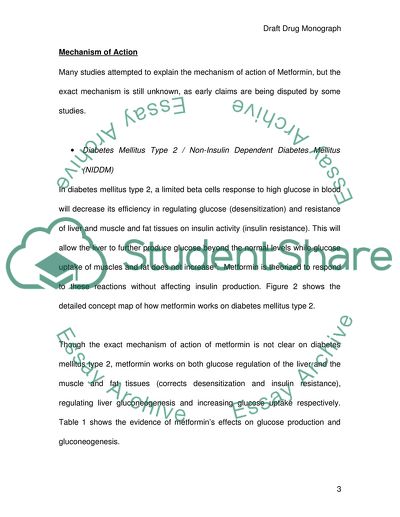Cite this document
(Draft Drug Monograph - Metformin Case Study Example | Topics and Well Written Essays - 2000 words, n.d.)
Draft Drug Monograph - Metformin Case Study Example | Topics and Well Written Essays - 2000 words. Retrieved from https://studentshare.org/health-sciences-medicine/1748782-drug-monograph-metformin
Draft Drug Monograph - Metformin Case Study Example | Topics and Well Written Essays - 2000 words. Retrieved from https://studentshare.org/health-sciences-medicine/1748782-drug-monograph-metformin
(Draft Drug Monograph - Metformin Case Study Example | Topics and Well Written Essays - 2000 Words)
Draft Drug Monograph - Metformin Case Study Example | Topics and Well Written Essays - 2000 Words. https://studentshare.org/health-sciences-medicine/1748782-drug-monograph-metformin.
Draft Drug Monograph - Metformin Case Study Example | Topics and Well Written Essays - 2000 Words. https://studentshare.org/health-sciences-medicine/1748782-drug-monograph-metformin.
“Draft Drug Monograph - Metformin Case Study Example | Topics and Well Written Essays - 2000 Words”, n.d. https://studentshare.org/health-sciences-medicine/1748782-drug-monograph-metformin.


